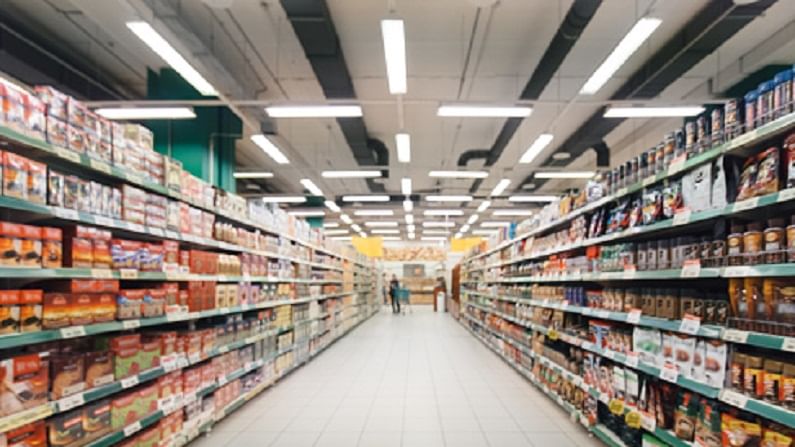No immediate relief seen in margin pressure for FMCG companies
Improvement in operating margin is likely to play out largely only in the fourth quarter.

Operating profit margins of FMCG companies may remain under pressure in the third quarter of this financial year due to higher commodity prices, says a report.
According to a report published in the Business Standard, even a price hike by fast-moving consumer goods (FMCG) may not be enough to “cushion operating profit margins”.
Advertising cost
Advertising and promotion spends are also likely to go up in the October-December quarter. Companies are increasing advertising expenses with economic recovery picking up following an accelerated vaccination programme and easing of lockdown restrictions. Hindustan Unilever (HUL) and Marico have even warned of near-term margin pressures.
The Business Standard quoted Ritesh Tiwari, chief financial officer of HUL, as saying in an earnings call that the company did expect to see some transitory impact in the cost of material as a result of this (supply chain) disruption. The company does expect margins to be under pressure in the near-term, he added.
According to the report, prices had been hiked across fabric wash and household care portfolios in the July-September quarter.
Saugata Gupta, managing director (MD) and chief executive officer (CEO) at Marico, is quoted as saying that gross margins will move up sequentially in the third and fourth quarters and improvement in operating margin is likely to play out largely only in the fourth quarter.
Sachin Bobade, vice-president (V-P)-research at Dolat Capital Market, is quoted as saying that price hike by FMCG firms will be limited as it may hurt volume growth.
Britannia Industries has already said price hike comes at the cost of volume growth.
Vishal Gutka, V-P, consumer and retail at PhillipCapital, is quoted as saying price hikes will cushion margins towards the fag end of 2021-22 and the first quarter 2022-23
Demand in rural market
The report said the worries of FMCG companies are compounded by slowdown in rural demand. HUL, while pointing out a slowdown in demand, said its rural sales in September were robust.
Mohit Malhotra, CEO at Dabur India, is quoted as saying liquidity pressure in rural India is a matter of concern.

